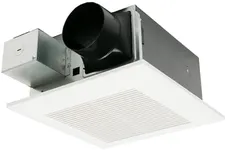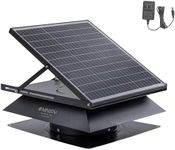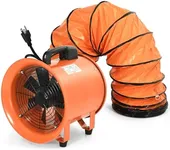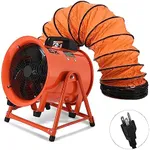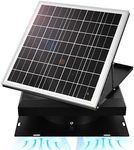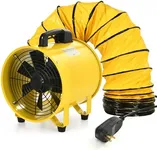Best Bathroom Exhaust Fan Quiet
From leading brands and best sellers available on the web.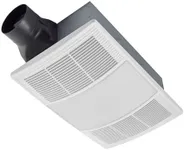
Broan-NuTone
Broan-NuTone BHFLED110 PowerHeat Bathroom Exhaust Fan, Heater, and LED Light Combination, 110 CFM

Broan-NuTone
9%OFF
Broan-NuTone Bathroom Exhaust Fan Easy Retrofit without Attic Access, Quiet 1.5 Sones, Effective Ventilation at 80 CFM ENERGY STAR Certified Moisture and Odor Control

Broan-NuTone
Broan-NuTone Bathroom Exhaust Fan – Easy Retrofit Without Attic Access, Ultra Quiet 0.9 Sones, Effective Ventilation at 60 CFM ENERGY STAR Certified Moisture and Odor Control
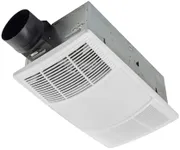
Broan-NuTone
Broan-NuTone Bathroom Exhaust Fan with Heater Quiet 1.5 Sones, 80 CFM and 3-Level CCT Lighting, Powerful Ventilation and Warm Comfort for Any Bathroom
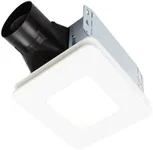
Broan-NuTone
10%OFF
Broan-NuTone Bathroom Exhaust Fan with Light, LED, Easy Install, 80 CFM, 1.5 Sones, Energy Star Certified
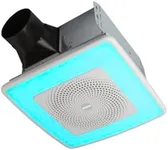
Broan-NuTone
8%OFF
Broan-NuTone ChromaComfort Bathroom Exhaust Fan with Bluetooth Speaker, Powerful 110CFM/1.5 Sones, 24-color LED Light, SPK110RGBL, Wall Switch
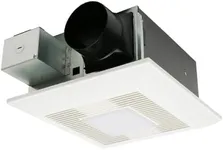
Panasonic
Panasonic WhisperFit Ceiling Mount Bathroom Exhaust Fan with Dimmable LED Light, 50-80-110 CFM, FV-0511VFL1
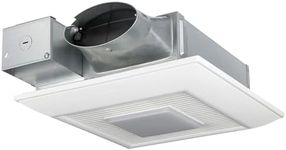
Panasonic
Panasonic WhisperValue Ceiling/Wall Mount Bathroom Exhaust Fan with Dimmable LED Light, 50-80-100 CFM, FV-0510VSL1
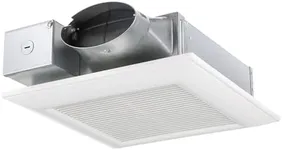
Panasonic
Panasonic WhisperValue Ceiling/Wall Mount Bathroom Exhaust Fan, 50-80-100 CFM, FV-0510VS1
Our technology thoroughly searches through the online shopping world, reviewing hundreds of sites. We then process and analyze this information, updating in real-time to bring you the latest top-rated products. This way, you always get the best and most current options available.

Most Popular Categories Right Now
